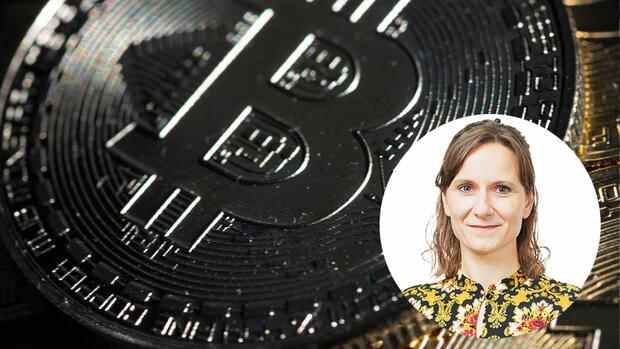Handelsblatt editor Astrid Dörner explains what the crisis in the crypto industry means for the markets.
new York Optimism is back in the markets and it is such that it trumped all risk and uncertainty on Thursday. The leading US index rose by 2.7 percent at times in early New York trading, the broad S&P 500 shot up a good four percent and the technology-heavy Nasdaq even rose by 5.7 percent.
It’s the best day for US stock markets since April 2020 as they recovered from the Covid crisis. The Dax also jumped up. The German share index closed at 14,146.09 points – an increase of 3.51 percent.
The reason for the euphoria was fresh inflation data from the USA. They showed that prices in the world’s largest economy have risen less than initially expected. Investors take this as an important signal that future rate hikes by the US Federal Reserve (Fed) could, as planned, be smaller than previously. The Fed signaled at its meeting last week that it could raise rates by just 0.5 percentage points in December if economic data permit.
Hopes that the Fed would change course have repeatedly been dashed in recent months. But now – so the investors believe – it could finally be time, hence the big relief rally, which also gave the massively collapsed cryptocurrencies a boost on Thursday. Bitcoin, the largest and oldest cryptocurrency, has gained around $2,000 since Wednesday night, trading at $17,532 on Thursday.
Top jobs of the day
Find the best jobs now and
be notified by email.
But the rally masks three risks that could soon weigh on investor sentiment again.
First: The crypto world is experiencing its “Lehman moment”. The emergency sale of the FTX exchange to market leader Binance has failed. This sent prices into a downward spiral again, which could only be stopped thanks to the positive inflation data from the USA – for the time being.
In the meantime, there are also the first spill-over effects on the stock markets, not only on the crypto exchange Coinbase, and on the neo-broker Robinhood. The overall mood is subdued.
Fundstrat’s Tom Lee points out that FTX has had many hedge funds and other institutional clients who are likely to run out of money and are being forced to sell shares. On Thursday there was no sign of this at first.
The Fed and the markets: a complicated relationship
It’s a welcome sign of strength that stock markets can so easily shake off an existential crisis in the crypto world. But as soon as the euphoria subsides, the harsh reality will return.
Secondly: The congressional elections in the USA have shown that the Republicans are weaker than expected. It is not yet clear which party will get the majorities in both chambers.
Investors had assumed that at least one chamber would clearly go to the Republicans. And a divided Congress has historically always been good for the markets. It remains to be seen whether this calculation will work out.
Third: The Fed and markets have a complicated relationship when it comes to inflation. Sharp gains are counterproductive to the Fed’s mission to worsen financial conditions and thereby fight inflation. Investors had to realize this painfully in the summer.
The summer rally back then was also based on the hope that the Fed could soon come to an end with its sharp rate hikes. And Fed Chairman Powell put an end to it in no uncertain terms. If the markets are too optimistic again before the next Fed meeting in mid-December, this could happen again. Powell deliberately kept his options open.
More: The Dax is becoming more and more familiar
